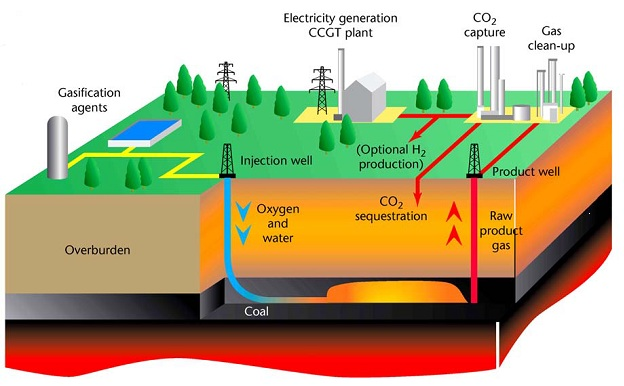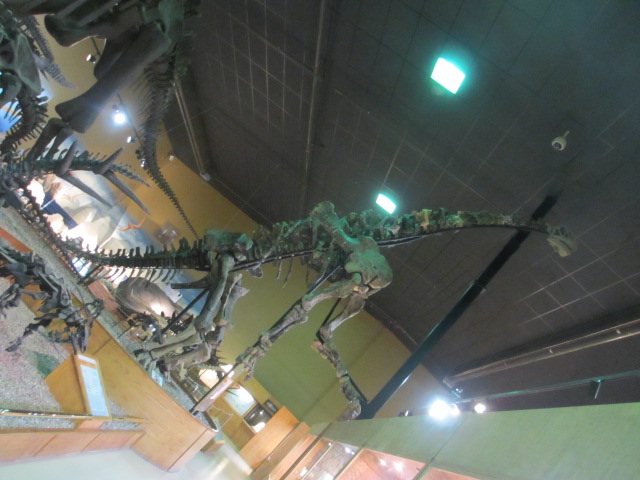Day 2- Thursday- Enhanced Oil Recovery Commission and Wold Ranch
First presentation of the day started at the Enhanced Oil Recovery Commission set up by Peter Wold where we were presented with an overview of Wyoming’s economy and energy business. Wyoming is quite affected by changes in the energy market due to its economy being 70% on energy (top producers are 1-gas, 2-coal, 3- oil), 15% tourism, 15% agriculture. Next presentation from the commission on how they regulate wells and permits and if a company goes bankrupt, the commission goes around and plug the wells. Lastly an interesting method of energy extraction is Underground Coal Gasification, which uses coal beneath the earth as a source for gas by lighting the coal ablaze, then capturing gas released to produce electricity.
Lastly I learned that for enhanced oil recovery, surfactant are too expensive to use and the EOR techniques alternate from water to gas flooding. Oil companies use tracers to map flow paths from injection to producer well but no other information is gathered at that stage. At the end of the day, our group headed to Wold Ranch, where Peter Wold graciously let us camp on their mini golf course and served us some great Black Angus beef from the cattle they manage at the ranch.
http://www.woldenergypartners.com/ (wold energy)
http://wogcc.state.wy.us/ (commission)
http://www.lincenergy.com/data/info_sheets/Underground_Coal_Gasification.pdf
















